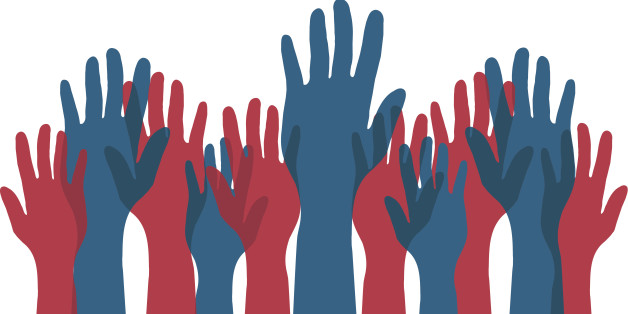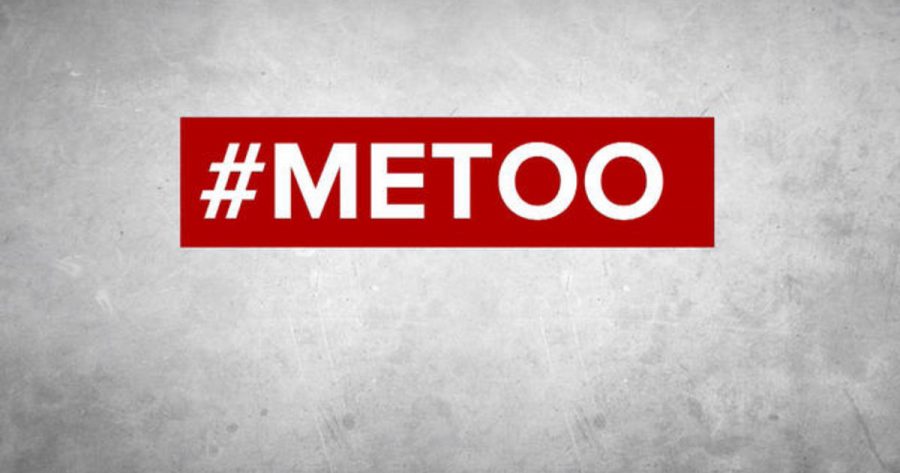By Maddy Longwell
Staff Writer
Many of the conversations that have dominated college campuses for the past year have started to gain more attention in the past few weeks. Two weeks ago, more than 300 students gathered on the quad at American University (AU) in Washington, D.C. to protest the treatment of students of color on campus. The protest at American began after a black female student reported a banana was thrown at her door in her freshman residence hall. The Washington Post reported that this was a continuation of a series of incidents that have “sparked racial tensions” on campus. Since the protest last week, students, faculty, and staff have been working together to discuss and improve diversity and inclusion at AU.
Events like these are not unique to AU. Across the country similar protests and discussions, led primarily by college students, have been held. Last November students here at Simmons gathered in Common Grounds Cafe to protest the treatment of students of color on the Simmons Campus. The Ten Demands listed by the Simmons protesters sparked a discussion that continued through the rest of the academic year. Over the course of the fall and spring semesters, students met with members of the administration to discuss the problems at Simmons and their proposals to help remedy these problems.
Last semester, the Diversity and Inclusion Council (DAIC) led the “Talkin’ on Tuesdays” series, a bi-weekly series of events centered around diversity and inclusion discussions. In addition, students, faculty, administration, and staff met for monthly community discussions about the culture and climate at Simmons and the progress of the Ten Demands.
In one of the more immediate responses to the demands, the Multicultural Student Office was opened at the end of last semester in the Student Activity Center (SAC) and has been put to good use since. The Multicultural Student Office was established as part of a direct response to the seventh of the
Ten Demands.
“If you review the Ten Demands against the work that is being done now, you will see that there [are] many, many actions in progress that directly address the Ten Demands concerns,” Cheryl Howard, Vice President of Communications, Diversity & Inclusion, said in an email to The Voice.
This Summer
In her Sept. 15 “Thoughts from the President” email, President Drinan addressed students, faculty, staff, and trustees: “This fiscal year, we seek to be firmly on the path to becoming the truly welcoming Simmons community we all envision,” she said.
The email discussed community culture redesign and highlighted some of the changes that had taken place at Simmons over the summer: “though many of you were gone from campus this summer, the importance of your Simmons experience remained paramount to those of us tasked with facilitating diversity and inclusion work.”
The summer 2016 updates and highlights included proposed College Diversity and Inclusion goals for the upcoming year. These goals include “curriculum and pedagogical enhancement, hiring diverse faculty and staff, recruiting diverse students, response to the 2015 Ten Demands, and preparing a campus multicultural center proposal.” Curriculum enhancement, hiring diverse faculty and staff, and preparing a campus multicultural center proposal are all responses to some of the Ten Demands.
One of the most notable steps Simmons is taking is a greater focus on hiring more diverse faculty and staff. The eighth of the Ten Demands listed by students last November demanded that the increase in the number of faculty and staff of color at Simmons should meet a 30 percent minimum representation across all colleges, to match the percentage of students of color in the student body. In the Sept. 15 email, President Drinan addressed this same idea, saying, “[Talent and Human Capital Strategy] recruiters completed a comprehensive Diversity Recruitment Training program designed for professional recruiters. Their training focused on recruiting methodologies and technical search techniques to more effectively source diverse talent pools. Learnings from the training were immediately adapted to daily recruitment practices.” A similar goal was listed in the Diversity and Inclusion Business goals for the 2016-17 fiscal year. These goals included developing a system that ensures faculty searches result in a diverse final candidate pool, ensuring new faculty members joining Simmons July 2017 are a diverse group, and offering diversity and inclusion training to all hiring managers.
In regards to curriculum enhancement, in the fourth of the Ten Demands, students demanded “an overhaul of the curriculum that includes and highlights the contributions of people of color across all disciplines.” “We also demand that this curricular overhaul be student-centered by actively including students in the voting, negotiation and decision-making process in academic curriculum committees,” they said. This year, revising “school-based curricula structures and processes to include student representation,” and revising “student course evaluations to include feedback about the inclusion of D&I content and the student experience in the classroom environment,” were included in the Diversity and Inclusion Business goals.
The Year Ahead
In her email to Simmons, President Drinan also addressed concerns for the year ahead.: “In late September, the Deans and other key college leaders will participate in a 2.5-day training facility by Romney Associates, Inc. This professional development opportunity will inform much of the work that will continue across the College and in departments and units.” She also noted that hiring managers will continue to be trained on diverse recruitment and hiring. “We expect opportunities for faculty will address such concerns as micro-aggressions; creating an inclusive classroom environment; and having difficult conversations and supporting members of underrepresented identity groups,” Drinan wrote. In their Ten Demands, students asked that “all faculty and staff be put through rigorous diversity training that emphasizes the requirement that they address macroaggressions and misinformation in class.”
The Diversity and Inclusion Business goals also reflected this change. The goals included ensuring “a shared baseline knowledge about diversity and inclusion across the College community by promoting training and development opportunities,” completing diversity and inclusion training, and developing training for faculty, students, and staff and beginning the implementation across the college.
President Drinan also highlighted events like the Colors of Success program, an annual multicultural welcome program that took place on Sept. 29, and the ongoing Friar’s Leaders series, which hosted Dr. Shakti Butler during the first week of classes, and will continue to host speakers throughout the semester.
The Business Diversity and Inclusion goals also addressed the multicultural center. The goals, which suggest that creation and planning for the center will stretch through fiscal years (FY) 17 and 18, included “review and present report on how small, private universities have implemented their multicultural centers,” “prepare recommendation for Simmons Multicultural Center and gain support and approval,” and, “focus on funding options and submit proposal for FY 18 budget planning.”
Bias Response Protocol
Finally, Simmons released its Bias Response Protocol draft, which was prepared for September’s Leadership and Diversity training and the Faculty Senate on Oct. 5.
The Bias Response Protocol was implemented “to inform, instruct, and support those who have been affected by bias.” According to the draft, the protocol “offers a mechanism for reporting bias incidents, hate crimes and other offending behavior that may occur negatively impacting our sense of community.” The protocol draft explains that the work will be led by two teams — The Bias Response Team Community Advocates (BRTCA) and the Bias Response Team (BRT), which includes the BRTCA. “The [BRTCA] are the members of the larger BRT who conduct the initial conversations with the affected person,” the draft explains, “the advocate will remain in contact with the reporter as needed.” The draft also proposes members for each of these teams, which include Assistant Provost for Diversity and Inclusion, Lisa Smith-McQueenie; Vice President for Communications, Diversity and Inclusion, Cheryl Howard; and Vice President for Student Affairs, Sarah Neill, among other Simmons leaders.
The Bias Response Protocol Draft lists the ways in which members of the Simmons Community can report incidents, to whom they can report them, and includes a list of working definitions for conversations regarding diversity, inclusion, and equity.












